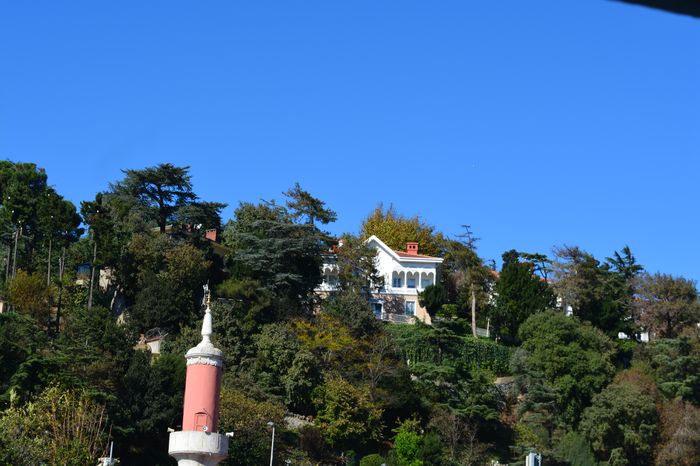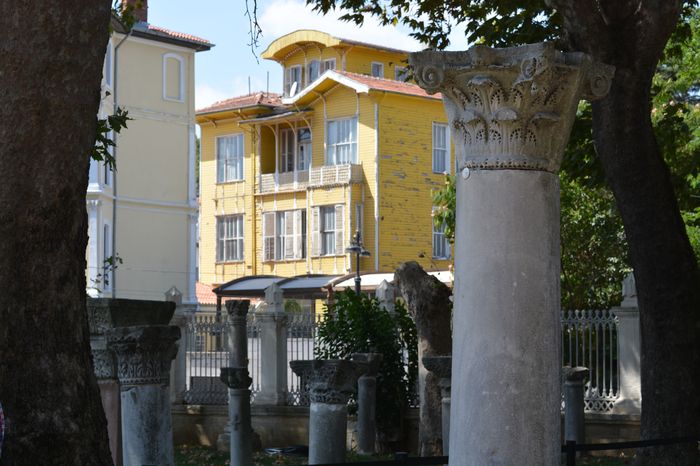The measurements given in the Notitia—an ancient Roman record listing the gates and regions of Constantinople—match exactly what we know from other historical sources about the original size of the city built by Emperor Constantine the Great.
This cannot be a coincidence. The only explanation that makes sense is that these figures were part of the original version of the Notitia and were always meant to describe the early city, not the later expansions under Theodosius II. This means the author of the Notitia was focused on Constantine’s city, not the larger city that came later Daily Tours Sofia.
Two “Golden Gates” in Constantinople?
As a result, we are led to believe that there were two gates called Porta Aurea, or Golden Gate, in ancient Constantinople:
One belonged to the Constantinian Wall (the original wall)
The other was part of the Theodosian Wall (built later in the 5th century)
The author of the Notitia was referring to the first of these—the Golden Gate of Constantine’s time—not the more famous Golden Gate that is now part of the Yedi Kule Fortress (Seven Towers) in Istanbul.
This is not surprising. It was common for cities to build Triumphal Gates to mark important entries, especially for ceremonial processions. When the city expanded and new walls were built, it was natural to repeat the idea of a grand entrance.
Why the Notitia Ignores the Later Golden Gate
The Notitia does not mention the second, later Golden Gate of the Theodosian Wall. This is understandable, because the document’s focus was only on the original city, laid out by Constantine. From the Notitia’s point of view, the Theodosian Wall was just an outer extension—almost like a vestibule—leading to the older, more central city. The newer Golden Gate was simply a second layer around the same ceremonial path The Palaia Porta.
Identifying the Original Porta Aurea
If we accept that the Constantinian Wall had a Golden Gate, then it becomes quite clear that this gate must have been the Palaia Porta, also known today as Isa Kapoussi. This identification is supported by its location on the Seventh Hill, where many important roads and buildings of the early city were located.
The Via Triumphalis, the road used for imperial parades and triumphs, ran from the Exokionion area to the Forum of Arcadius, both situated on this hill. This strongly supports the idea that the Golden Gate of Constantine was on the same path and the same elevation as the Palaia Porta.
Monumental Style and Shared Features
The Golden Gate, as its name implies, would have had grand architectural features—arches, sculptures, or decorative reliefs. The Notitia even describes this section of the wall (in the Twelfth Region of the city) as decorated with monumental beauty:
“The wall of this region is adorned with magnificent design.”
This matches what we know about the Ancient Gate (Palaia Porta). Both gates were:
Located on the Seventh Hill
Important ceremonial entrances
Architecturally impressive
With so many similarities in location, function, and design, it is hard to imagine that they were two different gates. Most likely, they were one and the same.
To summarize, the evidence strongly suggests that the Golden Gate mentioned in the Notitia refers not to the later, more famous gate in the Theodosian Wall, but to the Palaia Porta in the Wall of Constantine. This gate served as a ceremonial entrance to the early city and was richly decorated, just as the name “Golden Gate” would suggest. Understanding this helps us better reconstruct the layout and symbolism of Constantine’s original Constantinople.







